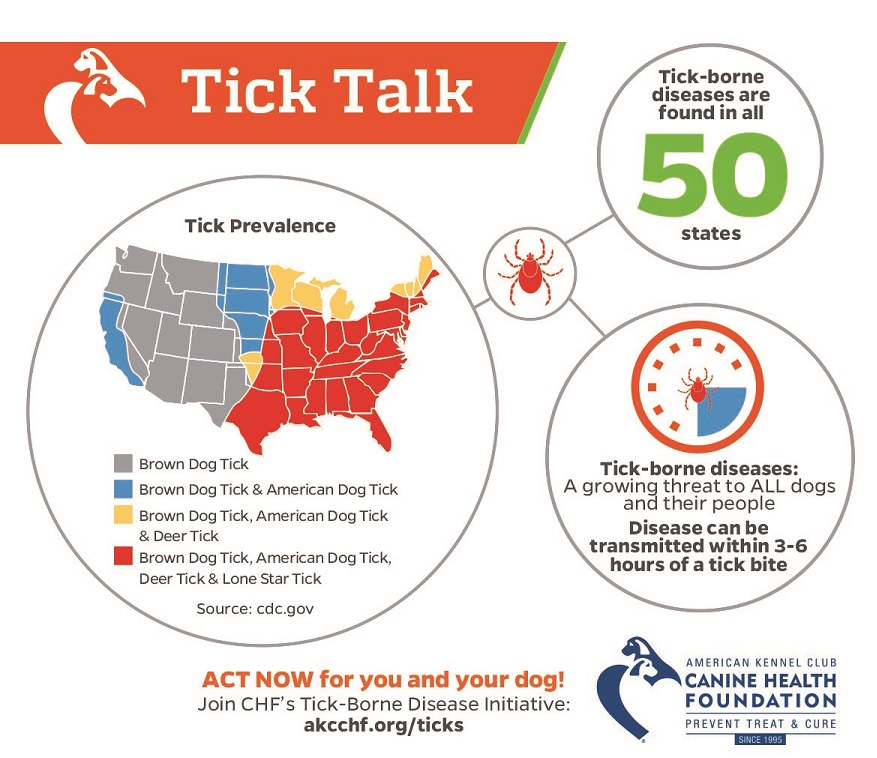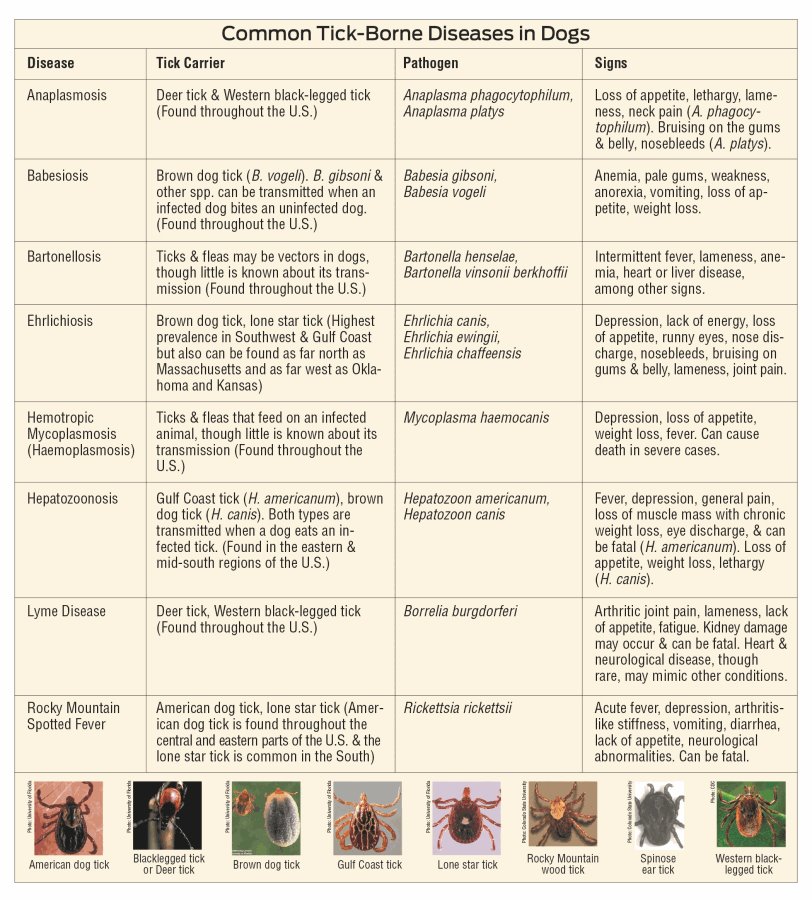The changing global ecology noted by an ongoing pattern of unseasonably warm temperatures has contributed to the year-round presence of ticks. Hardworking bird dogs could be at high-exposure risk due to the spreading geographical distribution of ticks. A growing threat to dogs and people, some tick-borne diseases can be transmitted as quickly as three to six hours after a bite.
Ed Breitschwerdt, DVM, DACVIM, professor of medicine and infectious diseases at North Carolina State University, advises, “The most important factor that will impact tick prevalence in 2016 will be rainfall. Ticks like moist, warm environments.”
The threat of tick-borne diseases has prompted many veterinarians to screen dogs annually for infections, similar to what has been done for decades for mosquito-transmitted heartworm disease. Blood testing detects the presence of antibody, which is one product of the dog’s immune response against a pathogen.
Molecular diagnostics, or polymerase chain reaction (PCR) testing, detects the nucleic acid, or DNA, of the organism itself. Although PCR testing was once limited to university diagnostic and research laboratories, it is now readily available through several large commercial diagnostic laboratories.
Veterinarian Jeff Schuett, DVM, DABVP, of Pewaukee, Wisconsin, routinely tests dogs seen in his practice for exposure to Lyme disease, anaplasmosis and ehrlichiosis, common tick-transmitted diseases in southeastern Wisconsin. If he suspects a dog may have an infection, he will screen for additional diseases.
“We have been monitoring these diseases for 10 years and have found that 5.5 percent of the dogs tested have been exposed to these diseases,” says Dr. Schuett. “Lyme disease and anaplasmosis make up 5 percent. The rest are due to transmission of
Ehrlichia muris, or a closely related organism, which was recently discovered to infect dogs and humans in Minnesota and Wisconsin with ehrlichiosis. The testing is very accurate and allows us to determine earlier whether a dog has been infected and to begin treatment.”

“Tick preventives reduce tick-borne disease transmission by either repelling ticks that go on to die or by rapidly killing ticks that have attached to the dog,” says Dr. Breitschwerdt. “The type of product and how the product is used to protect a dog varies based on factors including exposure risk, frequency of swimming or bathing, and, most importantly, owner compliance in using the product as directed.”
The concurrent use of an oral or topical preventive with a collar having proven efficacy provides additional assurance of protection for bird dogs. Two new products are the Soresto® eight-month flea and tick collar and the Bravecto® three-month flea and tick pill. Veterinarians are the best source as to what product or combination of products is best for an individual dog.
The AKC Canine Health Foundation has continued the Tick-Borne Disease Initiative to raise funding and award grants for research to advance the diagnostics, preventives and therapeutics for tick-transmitted diseases. The American Kennel Club is again matching donations received in 2017 up to $250,000. Purina and the AKC Canine Health Foundation are longtime partners in helping to advance canine health research so that dogs may live long, healthy lives. For more information, please visit www.akcchf.org/ticks.
